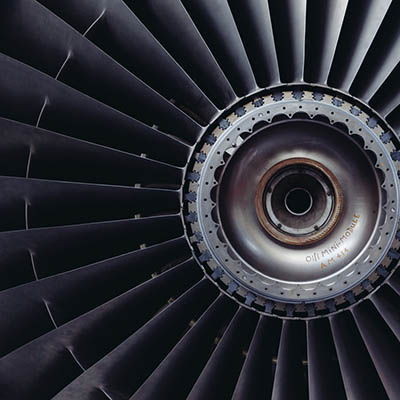Transitioning to Cleaner Energy: Hsinta Power Plant Progress in Taiwan
Key Ideas
- The Hsinta CCGT power plant in Taiwan has started operations, aiming to replace aging coal units and increase total capacity to nearly 4 GW.
- Gas turbines at the plant can burn up to 50% hydrogen blended with natural gas, aligning with Taiwan's Renewable Energy Development Act.
- Taiwan is increasing gas-fired power generation to compensate for the decline in coal and nuclear energy, focusing on improving grid reliability and reducing coal dependency.
- Although the Maanshan nuclear reactor was shut down, a national referendum in August 2025 will determine whether to restart it, showcasing the country's energy transition challenges.
The Hsinta CCGT power plant in Taiwan has initiated operations, marking the first phase in replacing its old coal-fired units with more environmentally friendly options. With the first unit already supplying 1.3 GW to the national grid, two more units are scheduled to be operational by 2026, boosting the plant's total capacity to almost 4 GW. These new units can utilize hydrogen blended with natural gas, a step towards cleaner energy practices as per Taiwan's Renewable Energy Development Act. Taiwan's move towards cleaner energy includes the decommissioning of nuclear facilities, such as the Maanshan plant, whose last reactor was shut down after its license expired. However, a referendum is set to decide on the potential restart of the Maanshan facility, highlighting the complexities of energy transition in the country. Overall, Taiwan's focus on enhancing grid reliability and reducing coal dependency through gas-fired power generation showcases a positive shift towards a more sustainable energy future.
Topics
Power
Renewable Energy
Energy Transition
Power Plant
Nuclear Energy
Grid Reliability
Electricity Supply
Taiwan
Gas-fired Generation
Latest News
